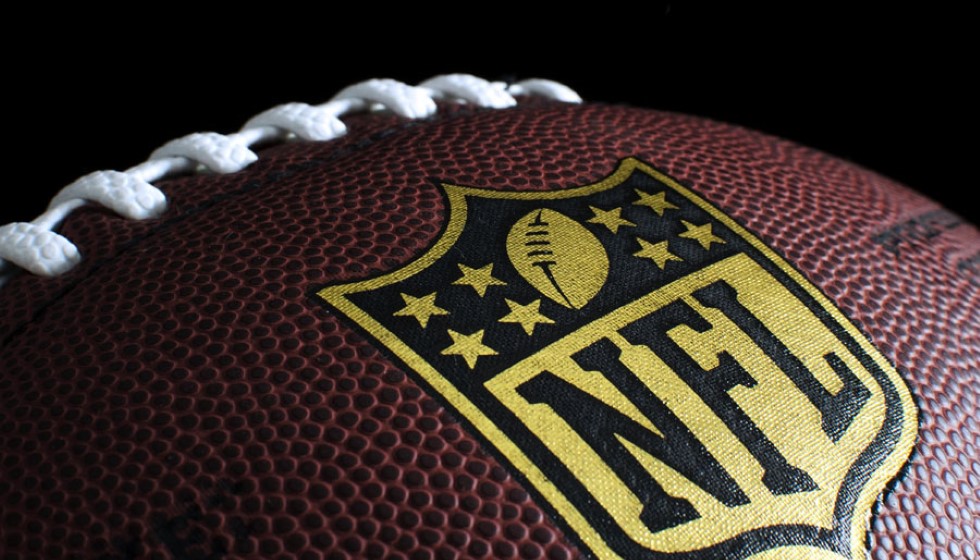
In a recent turn of events that has caught the attention of both sports and legal circles, former NFL star Terrell Suggs found himself entangled in a controversy following an incident in Scottsdale, Arizona. The episode, which began with what many would consider a minor vehicular interaction, rapidly escalated into a situation involving allegations of threats and the brandishing of a handgun. As the details unfold, the narrative weaves through themes of self-defense, celebrity responsibility, and the razor's edge between assertion and aggression.
The Incident Unfolds
Terrell Suggs, whose illustrious career in the National Football League is highlighted by his tenure with the Baltimore Ravens, where he earned distinctions including seven Pro Bowl appearances and the coveted AP Defensive Player of the Year award, found himself in an unexpected confrontation. According to reports, the incident initiated in the vicinity of a local Starbucks, where Suggs inadvertently made contact with another vehicle while executing a reverse maneuver.
What initially seemed to be a minor incident quickly escalated when a second altercation erupted. During this confrontation, Suggs allegedly threatened the life of the other party involved and revealed a handgun. It is imperative to note that Suggs did not aim the weapon at the individual. Following the incident, Suggs defended his actions, citing a fear for his personal safety as well as the wellbeing of his family.
The narrative portrays Suggs as being caught in an unanticipated and unwanted confrontation. “I was in a quiet area of Scottsdale in the middle of the day in a Starbucks drive-thru near my home when an incident happened with a vehicle behind me. I was getting coffee; I was not looking for any trouble," Suggs recounted. Throughout the ordeal, Suggs maintained that his perception was of imminent danger, concerned over the possibility of being followed home and the safety of his family residing nearby.
Legal Implications
In the aftermath, Suggs faces charges including threatening and intimidating, along with disorderly conduct with a weapon. These developments place Suggs at the center of a legal scrutiny that promises to delve into the nuanced definitions of self-defense and the boundaries of protective action.
A Blur between Self-Defense and Aggression
The incident raises pivotal questions regarding the fine line between self-defense and undue aggression. In cases involving public figures, especially those as prominent as Suggs, such incidents propel the discussions into the public arena, where perceptions of celebrity behavior and responsibility are fiercely debated. Suggs’ claim of acting in self-defense, driven by a genuine concern for personal and familial safety, highlights the complexity of situations where defensive actions might be misconstrued or where the response may exceed the perceived threat.
Public Figures Under Scrutiny
Incidents like the one involving Suggs also ignite debates about the responsibilities that come with public visibility. Athletes, by virtue of their status, often find their actions, whether on or off the field, magnified and dissected more than private individuals. This heightened scrutiny carries with it the expectation of exemplary behavior, yet it also subjects these individuals to pressures and challenges unique to their public lives.
As the legal proceedings against Terrell Suggs progress, they will undeniably be observed with keen interest. Beyond the immediate legal ramifications for Suggs, the incident serves as a focal point for broader discussions about the intersections of celebrity, responsibility, and the legal perspectives on self-defense.
The case against Terrell Suggs resonates beyond the boundaries of sports journalism, touching upon themes relevant to legal ethics, the societal roles of public figures, and the delineation between protection and aggression. As the legal system navigates through these complex waters, the outcome may not only influence Suggs’ future but also shape public discourse on these critical issues.